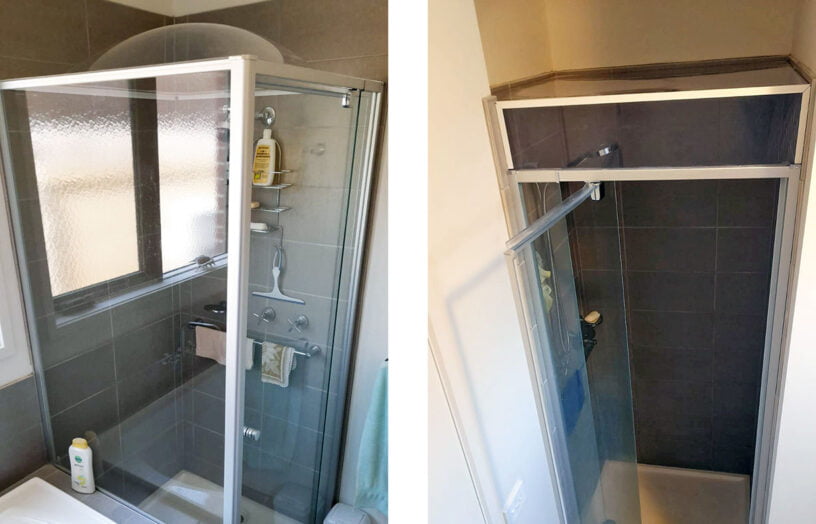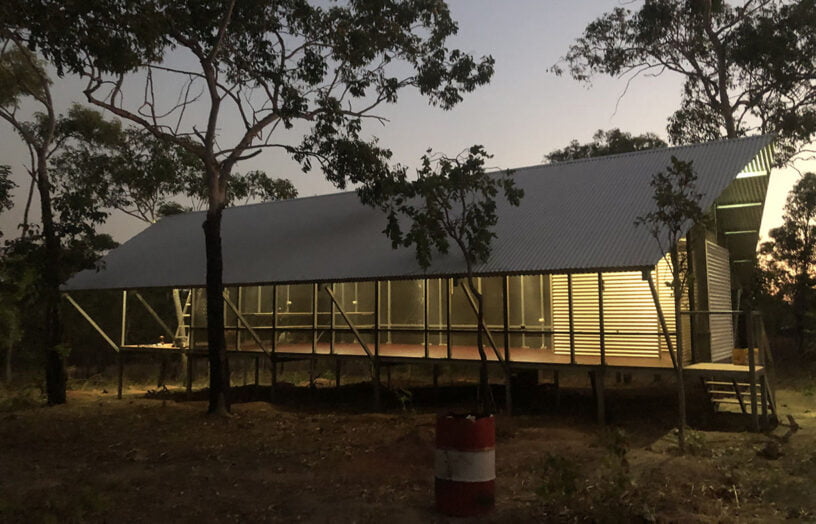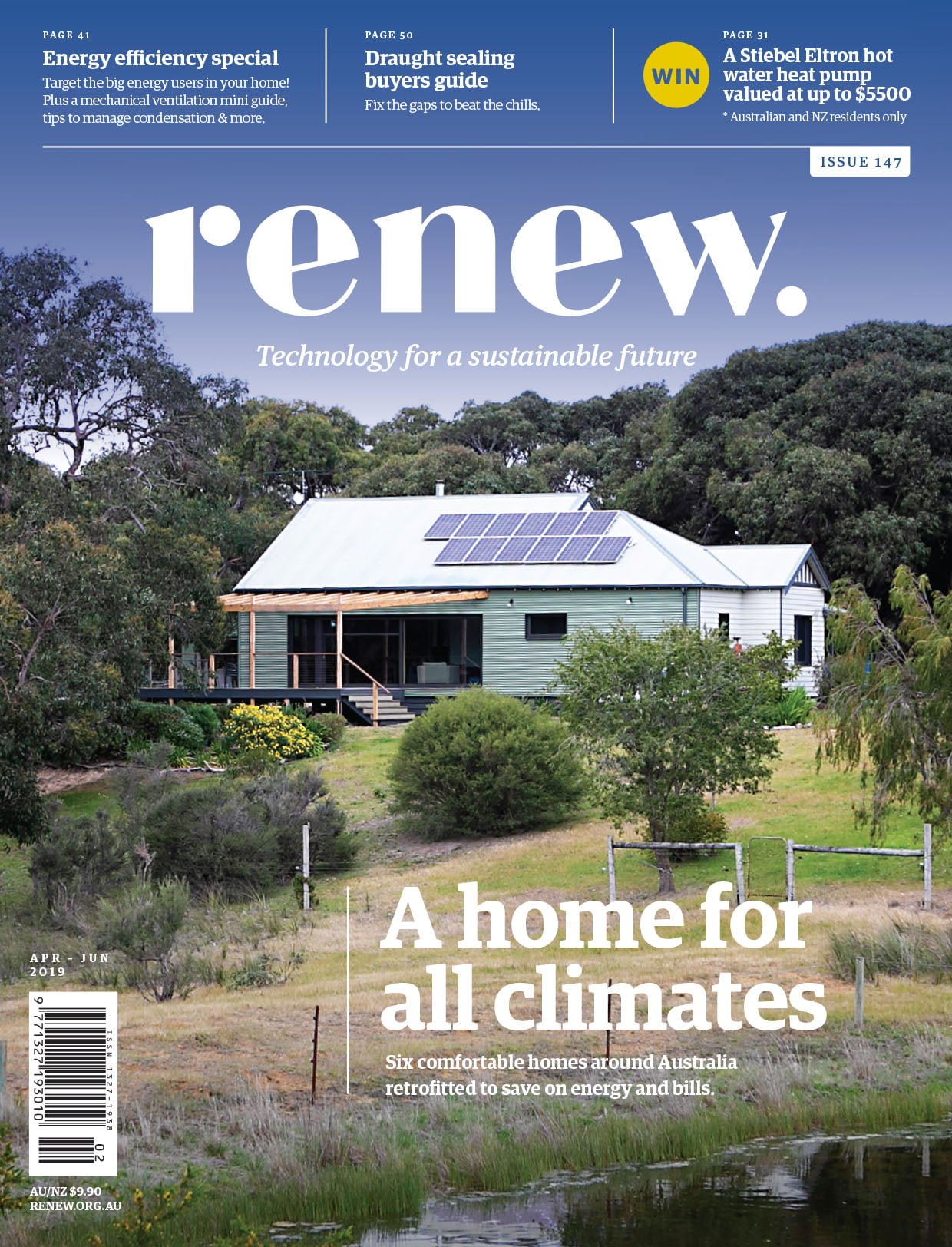Energy efficiency upgrade: case study

Appliance and lighting upgrades
Jonathan Prendergast has focused his family’s energy efficiency upgrades on energy guzzling appliances and lights, as well as installing solar and monitoring.
Having moved from Melbourne to Sydney’s Sutherland Shire (a warm temperate climate) 10 years ago, Jonathan Prendergast really notices what a difference the more temperate climate makes to his family’s energy efficiency investment decisions.
“When you’re heating from April to October, you prioritise insulation, but here we only need heating for six weeks a year,” he says. “When we’re feeling a bit chilly, just as we are starting to think about getting more insulation or doing some draughtproofing, it gets warm again!”
Their three-bedroom 1960s weatherboard house does already have excellent ceiling and some underfloor insulation.
The main upgrades Jonathan has done since moving in four years ago are to replace the ageing resistive element hot water service with a heat pump; install a 7.8 kW solar PV system and a 9.8 kWh battery; and address the energy consumption of their 72 (!) halogen downlights. He disconnected ten, replaced the globes of 30 with LEDs, and installed five new high quality full LED units from local startup Absolute D-Light in the most used section of the house for lighting, the kitchen. The energy draw for all lighting has dropped from over 5 kW to around 1.2 kW.
“The hot water system was accounting for around half of our overall daily electricity consumption,” he explains. “When we installed the heat pump our energy use for hot water dropped from 8–10 kWh per day to 2 kWh.”
The solar and batteries have taken the family’s electricity bills into credit, and Jonathan says that rather than spend money on more insulation, it’s an easy decision to use a bit of extra electricity to run their reverse-cycle air conditioner for the short time in winter that they need active heating.
Their daily consumption is around 12 kWh per day year round, rising to 20–30 kWh on winter heating days and the same for about 20 summer cooling days per year.
To read more energy efficiency case studies, check out Issue 147 (Apr-Jun 2019) of Renew magazine. Issue 147 has energy efficiency as its focus.
More from Renew 147
 Efficient homes
Efficient homes
Ditching the shower fan
By fitting a lid on the shower, exhaust fans are not needed when showering. John Rogers describes this simple retrofit, using both a commercial product and a great looking DIY version.
Read more Efficient homes
Efficient homes
Building for a changing climate
Are we building homes for the future, or for the past? Rob McLeod investigates how climate change is impacting home energy ratings and the way we build our homes.
Read more Efficient homes
Efficient homes
Remote communities leading the charge
We learn about four sustainability and renewable energy projects in remote Australia.
Read more

